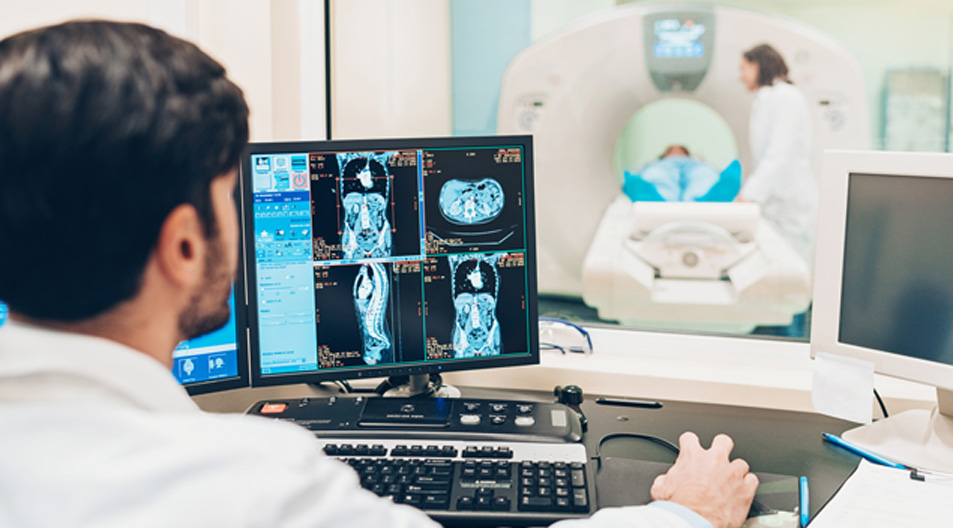
An estimated 80-90 percent of Americans will experience back pain at some point in their lives. Back pain is the second most common reason for visiting the physician.
Back pain may be caused by issues related to discs, joints, or soft tissue supports (which include the muscles, tendons and ligaments) of the back. Conditions such as osteoporosis, fractured vertebrae, compressed spinal nerves and bulging and herniated discs may require treatment.
A facet joint block is a minimally invasive procedure that involves using fluoroscopy of CT imaging to guide the placement of an injection into a facet joint to provide pain relief.
Facet joints are located in pairs on both sides of the vertebral column in the neck and back. They allow motion and provide the spine with support and stability.
Benefits of a Facet Block Procedure
A facet joint block procedure is performed to:
- Reduce inflammation
- Provide long-term pain relief
- Help patients tolerate physical therapy and other rehabilitative exercises
- Help physicians identify the cause of back or neck pain
Risks and Side Effects
During the procedure there is a small risk of infection (less than one in 1,000), bleeding (more common for patients with underlying bleeding disorders or those taking blood thinners), nerve injury (as a result of trauma from the needle or infection) or allergic reaction to the medication, contrast material or local anesthetic. Patients may experience increased pain for a few days after the injections, including localized pain at the injection site.

Women should speak to their physician or X-ray technologist before the procedure if they suspect they may be pregnant.
How to Prepare for Treatment
For three days before the procedure, patients should stop taking aspirin or blood thinner. Patients should avoid eating or drinking for eight hours before the procedure.
Patients need to arrange to have a driver take them home after the procedure, as they will not be able to drive for the rest of the day. In addition, patients should not apply any heat to the injected area for one day after the procedure. This means no hot baths, showers or soaking in pools or hot tubs.
What to Expect During Treatment
The procedure is performed in an X-ray room while the patient is lying on their stomach. An intravenous (IV) line may be set up to provide the patient with fluids and/or medication to aid in relaxation. The patient’s back will be cleaned with antiseptic soap and sterile drapes will be placed over the lower back. Local anesthetic will be administered, and patients may feel a brief stinging or burning sensation.
The doctor will use X-ray guidance to insert needles into the facet joints along the spine and inject the medication. The needles will then be removed, and the patient’s back will be cleaned.
The patient will be moved to the recovery area and monitored for about 20-30 minutes. Once the patient receives verbal and written discharge instructions, they will be able to leave with their driver.

After Treatment
Patients may feel significant improvement immediately after the injection. It’s important to track the amount of pain relief patients experience while they go about daily activities as well as how long the pain relief lasts.
